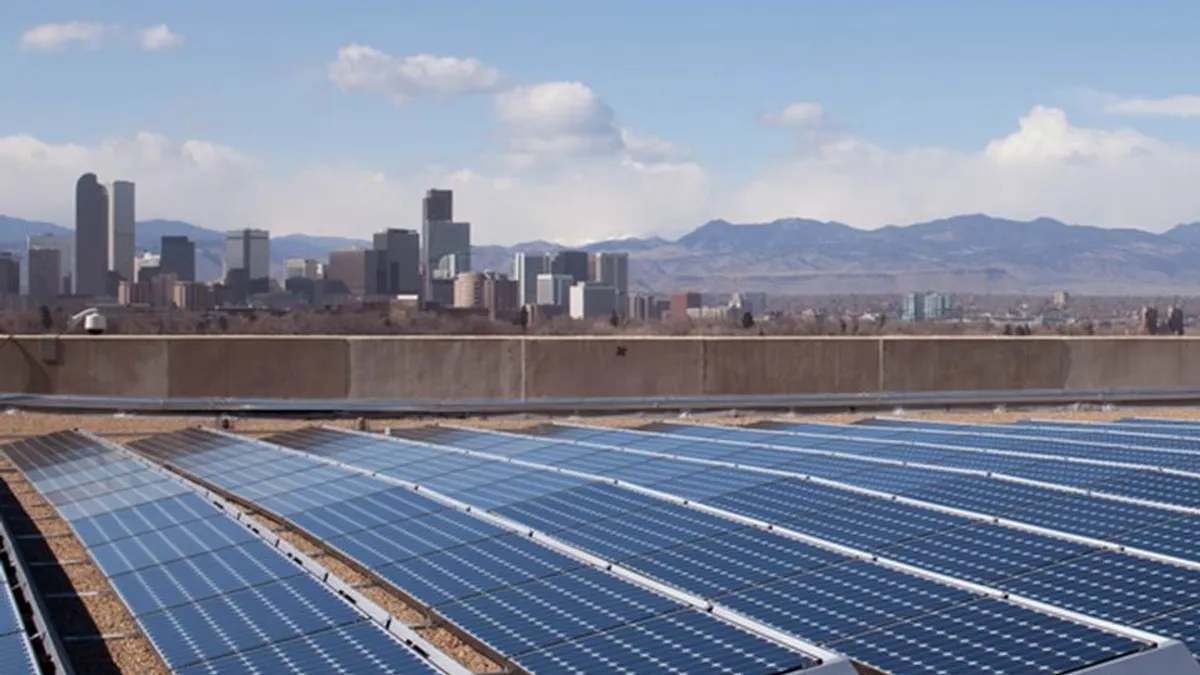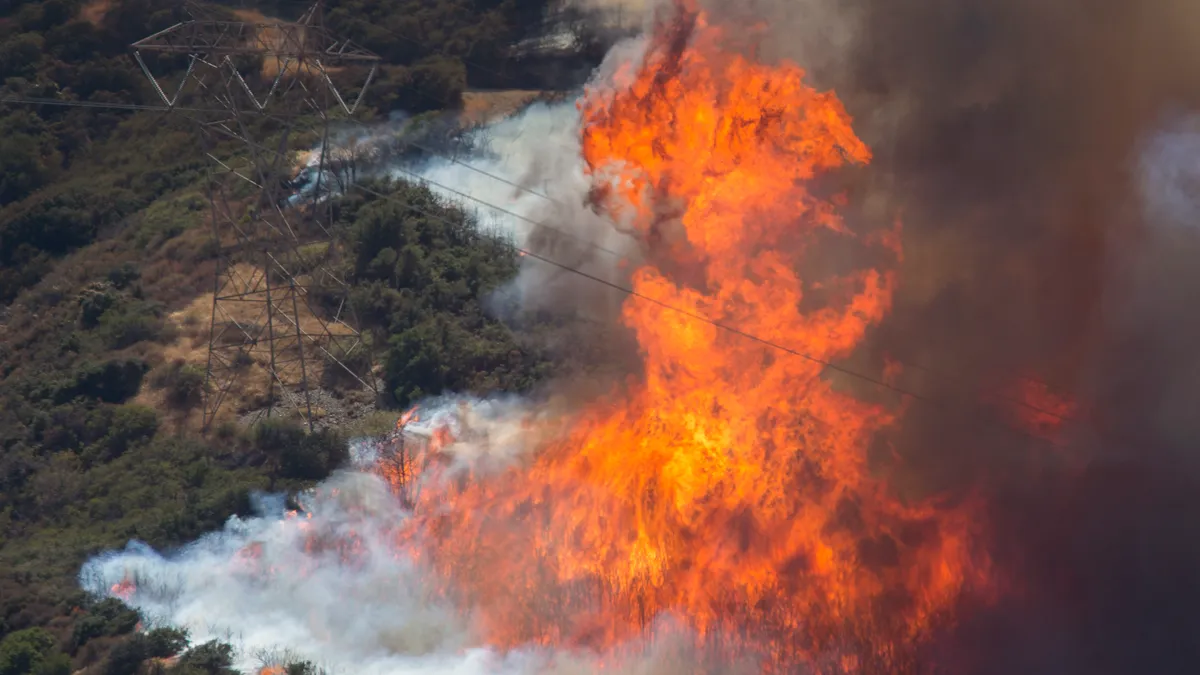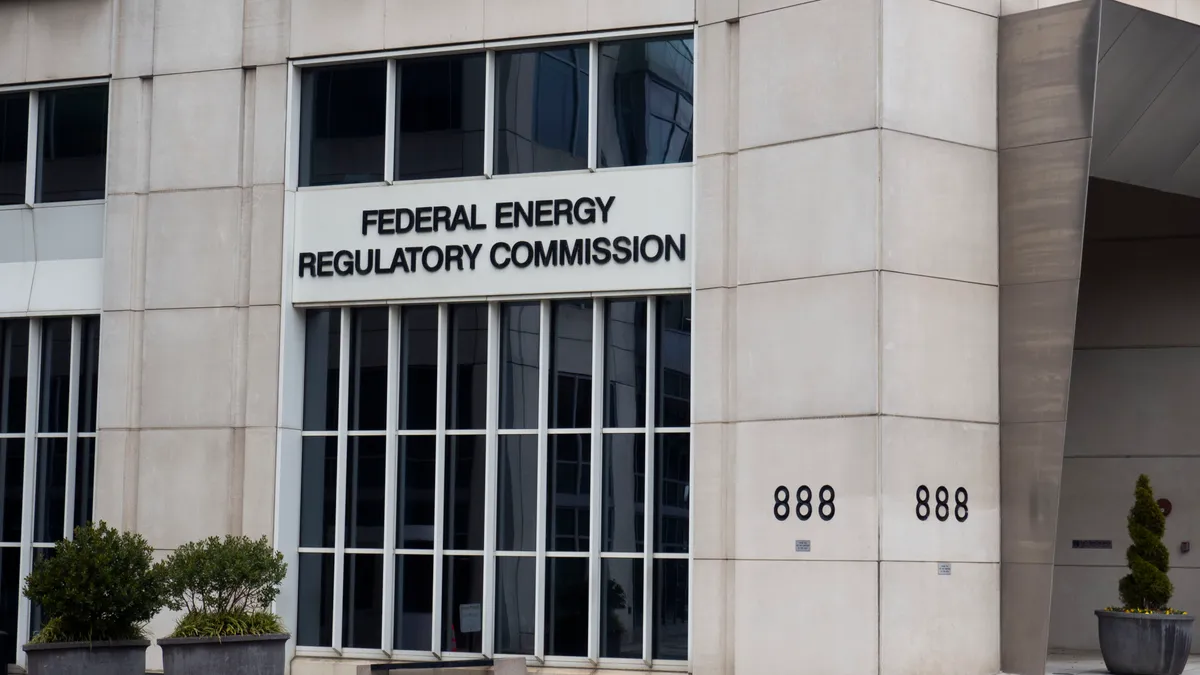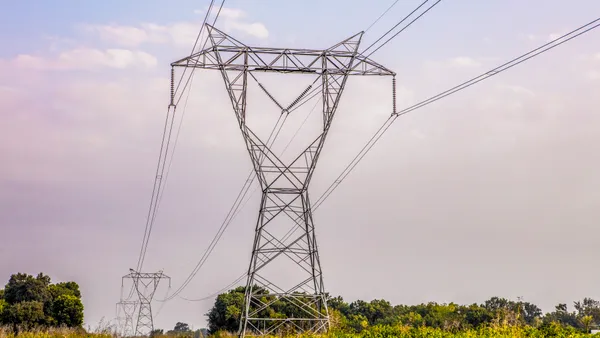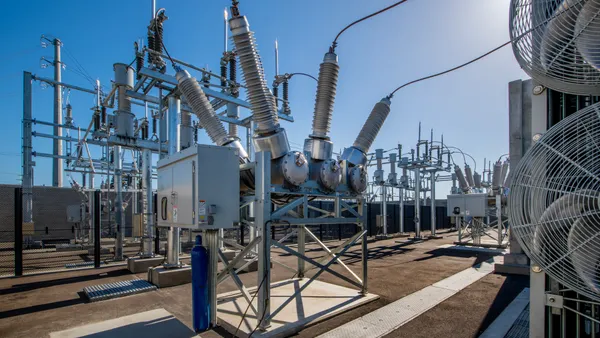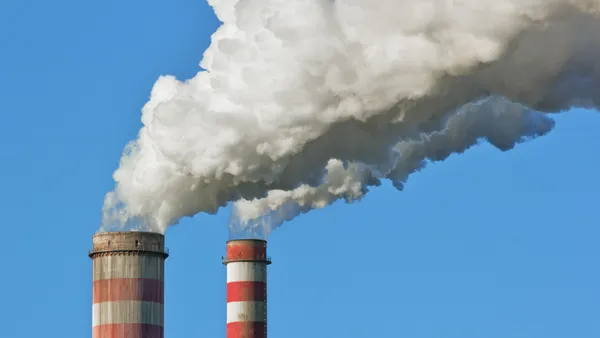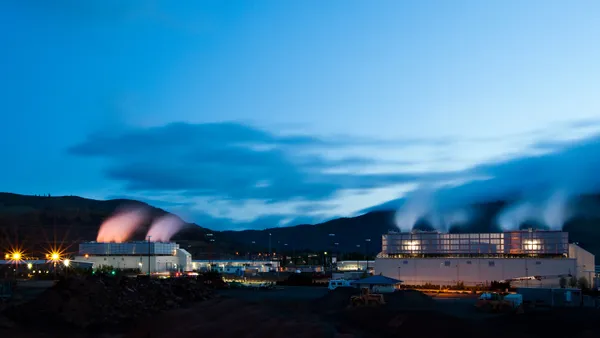Dive Brief:
- Nevada is on course to meet Clean Power Plan mandates thanks to several state initiatives, including a 2013 law requiring the Reid Gardner coal plant to close and a renewable portfolio standard with a 25% goal.
- The state is not planning to challenge the new rules, according to the Las Vegas Review-Journal, after submitting critical comments following the proposed rule. Davide Emme, director of the state's Division of Environmental Protection said the EPA responded to those concerns in the final rule.
- The U.S. Environmental Protection Agency has set Nevada's rate-based goal at 855 pounds/MWh, which the agency said is "one of the more stringent state goals." Despite this, by 2030, some estimates put the state's emission rate at 578 lb/MWh.
Dive Insight:
Nevada is one of only a handful who have neither challenged the Clean Power Plan, nor signed on to help defend it. The regulations aim to cut greenhouse gas emissions 32% by 2030 nationwide below 2005 levels.
Nevada submitted comments that were critical of the proposed Clean Power Plan, but state officials say their concerns have been largely addressed and they have no plan to join in a series of lawsuits filed to block the emissions standards. The state is one of only a handful who have neither challenged the law, nor signed on to help defend it.
Despite its Republican leadership, Nevada has taken a series of steps in recent years which have set it on a relatively easy course for Clean Power Plan compliance. In 2013 state lawmakers passed a bill requiring NV Energy to shutter the Reid Gardner coal facility by 2017; and the state has a RPS that targets 25% renewables by 2025.
Western Resource Advocates also points out that Nevada has plans to cease coal imports by 2019, and overall the state "can readily comply with the final Clean Power Plan, which requires a 22% reduction from 2005 levels by 2030. ... Our analysis demonstrates that the combination of planned coal plant retirements, planned renewable energy resources, and energy efficiency investments will enable Nevada to exceed the EPA standard."
The Natural Resources Defense Council (NRDC) echoed those ideas in its own analysis of the state's ability to meet emissions goals.
The group said the "adoption of a flexible, market-based framework in combination with complementary state clean energy policies will allow Nevada’s power sector to cost-effectively meet its carbon pollution limit largely by expanding renewable solar and geothermal energy and improving the energy efficiency of homes and businesses."
But NRDC also cautioned that Nevada has plans to build significant amounts of new gas capacity, "which would result in significant emissions increases. That proposed natural gas capacity can instead be replaced with new solar projects and energy efficiency, allowing the state to reduce its reliance on natural gas and meet its emissions limits."



